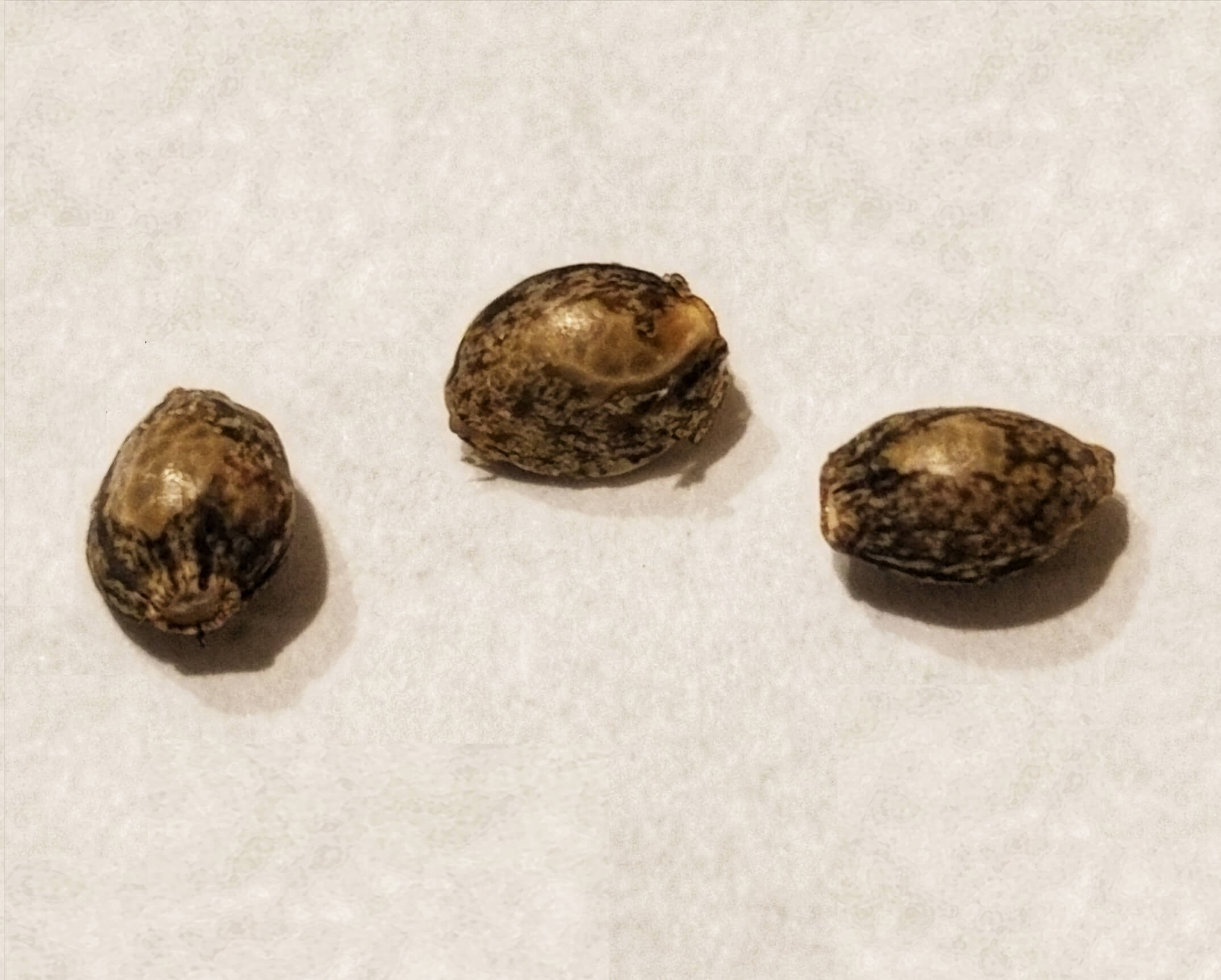Harnessing the Environmentally friendly Revolution: The Part of Cannabis Seeds in Sustainable Agriculture
- 7 avril 2024
- Envoyé par : Louis
- Catégorie: Non classé
In the realm of sustainable agriculture, an unanticipated participant has emerged, bringing with it a myriad of prospects and opportunities—the humble hashish seed. Typically related with recreational and medicinal use, hashish seeds are now attaining interest for their prospective job in marketing sustainability in agriculture. In this post, we are going to check out how cannabis seeds can lead to sustainable farming tactics, from soil health and fitness to resource effectiveness.
Nutrient-Prosperous Soil Amendment:
Hashish vegetation are identified for their capacity to thrive in a range of soil problems. read review improve soil framework and boost aeration, which can be specifically useful for crops that abide by in their footsteps. Additionally, hashish plants are effective nutrient accumulators, absorbing extra vitamins from the soil. When these crops are harvested, the nutrient-loaded leaves and stems can be returned to the soil as natural and organic matter, enriching it normally and minimizing the need for artificial fertilizers.
Biodiversity and Companion Planting:
In sustainable agriculture, sustaining biodiversity is important for ecosystem stability. Hashish crops can enjoy a role in this by serving as companion crops. Their distinctive compounds, such as terpenes, can act as organic pest deterrents, defending neighboring crops from damaging insects. Integrating cannabis into a numerous planting plan can contribute to a additional resilient and self-sustaining ecosystem, minimizing the reliance on chemical pesticides.
Carbon Sequestration:
As the entire world grapples with the worries of weather improve, the significance of carbon sequestration in agriculture can’t be overstated. Hashish plants are renowned for their speedy growth and high carbon uptake for the duration of photosynthesis. By incorporating hashish into crop rotations, farmers can add to carbon sequestration, mitigating the impacts of greenhouse fuel emissions. This technique aligns with sustainable farming tactics aimed at setting up more healthy, carbon-wealthy soils.
H2o Effectiveness:
H2o scarcity is a pressing concern in agriculture, prompting the will need for drinking water-productive crops. Cannabis plants exhibit a remarkable capacity to thrive in varied climates with different drinking water availability. Their deep roots enable them to entry water from further soil layers, minimizing opposition with shallower-rooted crops. By strategically integrating cannabis into farming techniques, especially in locations struggling with water troubles, farmers can enhance water use and endorse sustainable drinking water management procedures.
Regenerative Farming Methods:
Regenerative agriculture focuses on restoring and maximizing the wellness of the soil ecosystem. Cannabis, with its functional and resilient nature, can be a crucial participant in regenerative farming. The cultivation of hashish utilizing regenerative practices, these types of as minimum tillage and protect cropping, can assist protect against soil erosion, improve h2o retention, and enrich in general soil fertility. This holistic technique to farming aligns with the principles of sustainability, guaranteeing the extended-time period wellness and productivity of the land.
Conclusion:
In the evolving landscape of sustainable agriculture, cannabis seeds are emerging as a important resource for farmers seeking revolutionary and eco-welcoming remedies. From soil wellbeing to water performance, the varied attributes of cannabis crops offer a multifaceted approach to addressing the issues faced by contemporary agriculture. As we continue on to explore the probable of cannabis seeds in sustainable farming methods, it will become apparent that this unassuming seed may possibly keep the critical to a greener, more resilient future for our planet’s food generation.

